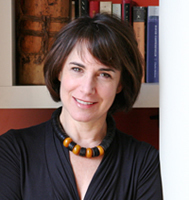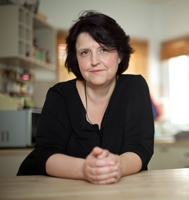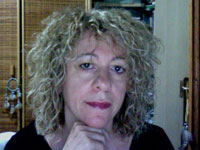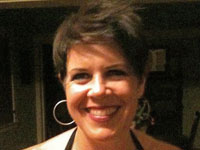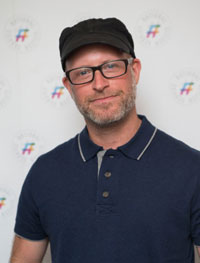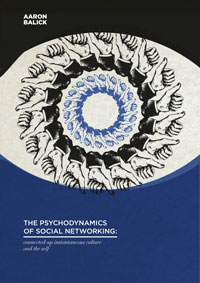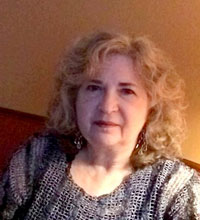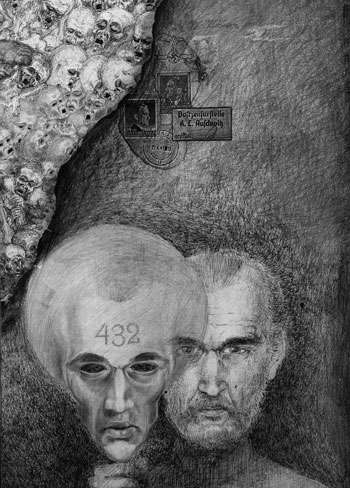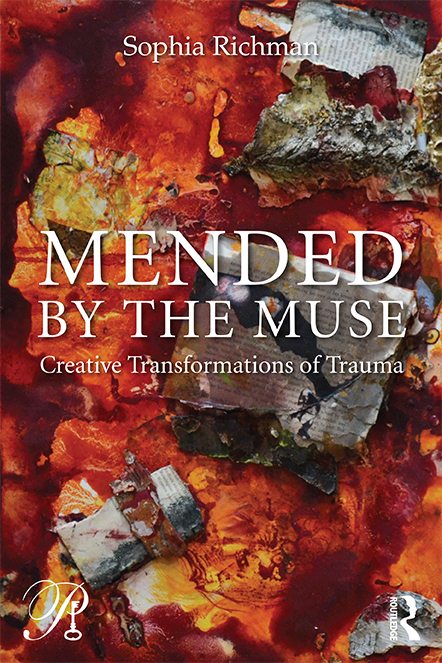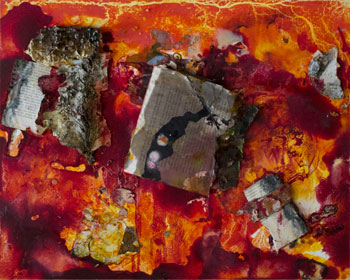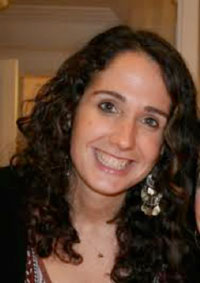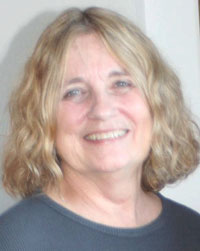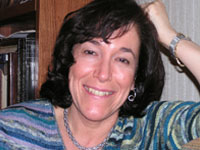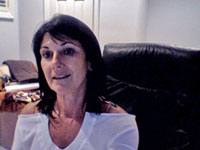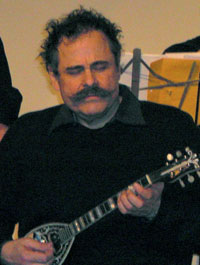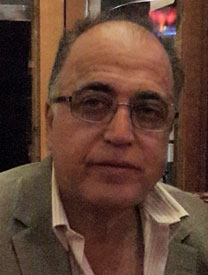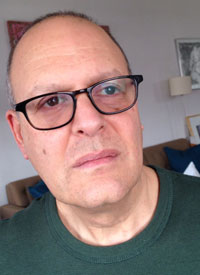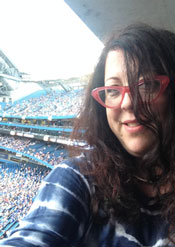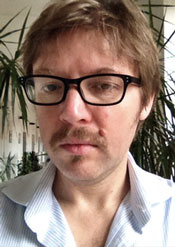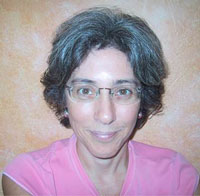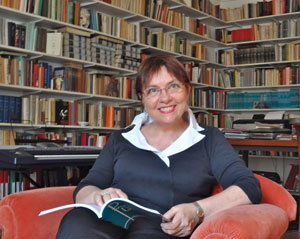Japan
by Sally Rudoy (USA)
We wanted to find out more about the state of psychoanalysis and psychoanalytic psychotherapy in Japan. We were pleased to discover that there are seven Japanese colleagues who are members of IARPP. Three of them graciously participated in a “roundtable” email interview. They are Koichi Togashi, Satoko Imamoto, and Soh Agatsuma, Their connections to IARPP run deep. All three participants have trained, been supervised, or presented alongside other IARPP members such as Steven Knoblauch, Donnel Stern, Paul Wachtel, and instructors at the Wiliam Alanson White Institute.
To learn more about our members in the spotlight and the state of psychoanalysis in Japan, link to an interview link conducted by Annette Richard with Dr. Togashi at: http://www.psychologyoftheself.com/eforum/10_interviews_koichi_togashi.php and an article about the growth of psychoanalysis in Japan by Ms. Imamoto at: http://www.psychologyoftheself.com/eforum/13_affiliates.php
Tell us about you and your practice. Where are you located? What is your discipline and training? What type of patients do you treat? What are the common problems your patients present with?
Koichi Togashi I was trained at NPAP, National Psychological Association for Psychoanalysis, from 2001 through 2003. Looking for self psychologically and intersubjectively oriented psychoanalytic training, I transferred to TRISP, Training and Research Institute for Self Psychology, NY, and was trained there from 2003 to 2006. I am a certified clinical psychologist in Japan, and a licensed psychoanalyst in the state of New York. I am a professor and clinical supervisor, at Konan University, Kobe, Japan, and a faculty and training & supervising analyst at TRISP, NY and at JFPSP, Kobe, Japan. I have a private practice in Kobe and Hiroshima. I treat adult individual patients and couples patients. The common problems that my patients present include minor depression, eating disorders, personality issues mostly involving self-deprivation, dissociation, and some PTSD symptoms as a consequence of relational trauma.
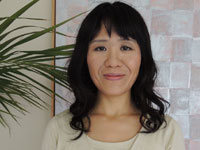 Satoko Imamoto I work for the counseling center at Konan University in Kobe, Japan. I also work at a psychiatric clinic and elementary and junior high schools as a psychoanalytic psychotherapist. I see children, adolescents, and adults there. When I work at school, I mostly see parents whose children have learning and developmental problems. I see adult patients at the counseling center and the psychiatric clinic who have family and relationship issues. I think that people who have developmental problems, such as autistic disorder, are increasing in number.
Satoko Imamoto I work for the counseling center at Konan University in Kobe, Japan. I also work at a psychiatric clinic and elementary and junior high schools as a psychoanalytic psychotherapist. I see children, adolescents, and adults there. When I work at school, I mostly see parents whose children have learning and developmental problems. I see adult patients at the counseling center and the psychiatric clinic who have family and relationship issues. I think that people who have developmental problems, such as autistic disorder, are increasing in number.
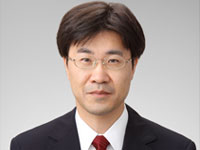 Soh Agatsuma I am a psychiatrist and a psychoanalyst. I graduated from Osaka University Medical School in Japan. I then went to the U.S. and did my psychiatric residency at Albert Einstein College of Medicine. I studied psychoanalysis for a while at Columbia University Center for Psychoanalytic Training and Research. Then, after residency, I did full analytic training at the William Alanson White Institute. I graduated in 2009, and came back to Japan the same year. I am now located in Nishinomiya-shi, which is near Kobe and Osaka. I teach at Kobe College as Professor of Psychiatry and Clinical Psychology, while I practice privately in Nishinomiya-shi. As a psychiatrist I treat a variety of patients including those with mood disorders, anxiety disorders, and psychotic disorders. In my practice, I treat patients with mood and anxiety symptoms, complicated by personality issues. I often encounter patients who are obsessive and harsh on themselves, which might have to do with Japanese culture.
Soh Agatsuma I am a psychiatrist and a psychoanalyst. I graduated from Osaka University Medical School in Japan. I then went to the U.S. and did my psychiatric residency at Albert Einstein College of Medicine. I studied psychoanalysis for a while at Columbia University Center for Psychoanalytic Training and Research. Then, after residency, I did full analytic training at the William Alanson White Institute. I graduated in 2009, and came back to Japan the same year. I am now located in Nishinomiya-shi, which is near Kobe and Osaka. I teach at Kobe College as Professor of Psychiatry and Clinical Psychology, while I practice privately in Nishinomiya-shi. As a psychiatrist I treat a variety of patients including those with mood disorders, anxiety disorders, and psychotic disorders. In my practice, I treat patients with mood and anxiety symptoms, complicated by personality issues. I often encounter patients who are obsessive and harsh on themselves, which might have to do with Japanese culture.
What is the public attitude toward mental health treatment in Japan and in your city?
Togashi Following the launch of a national certification system in clinical psychology in 1988 in my country, mental health professionals and treatments have been gradually recognized in Japan, particularly over the last decade. There is no longer a stigma attached to the field. Almost all junior high schools have a team of mental health professionals, so that mental health services are very familiar to the younger generation and they do not hesitate to seek out these services. But such a public attitude is limited to minor psychological issues. A deep-seated stigma is attached to psychiatric patients and treatments in both in- and out-patient settings, and these patients agonize over treatment. This public attitude prevails similarly in both Kobe and Hiroshima.
Imamoto I think that Japanese people feel less awkward to see psychiatrists and psychotherapists than before. Japan has one of the world’s highest suicide rates and we are aware that mental health problems are a significant national social issue. I think that people recognize the need for mental health care at schools and workplaces.
Agatsuma Going to see a psychiatrist still carries a stigma in Japan, but going for therapy carries much less. I think people here are interested in understanding common mental illnesses such as depression. For example, they often ask me how to talk to a depressed person. Companies often ask for consultations for their employees, because they know mental health issues can seriously interfere with productivity.
From your perspective, how has Psychoanalysis changed in Japan over the last decade or so?
Togashi The dominant practice in Japanese psychoanalysis was, until the 1990s, traditional ego psychology; and it is now British object relations. In recent years other contemporary schools of thought, such as self psychology, relational psychoanalysis, and intersubjectivity theories, have been recognized in Japanese psychoanalytic circles, though only gradually. My colleagues, Ken Okano, Soh Agatsuma, Koichi Yokoi, and Satoshi Fukui, and I have published the first book discussing relational psychoanalysis and psychoanalytic psychotherapy in Japanese, “Introduction to Relational Psychoanalysis.” It is our hope that this and ongoing efforts of this kind will influence Japanese psychoanalysis with a relational turn in the future. I also published the first book in contemporary self psychology and psychoanalyst system theories in Japanese last year with my colleagues, “Post-Kohutian Contemporary Psychoanalytic System Theories.” My group invited Jim Fosshage in May, 2014, to give a series of lectures in Kobe, Nagoya and Tokyo. It is also historically significant that the Japanese Psychoanalytic Association has invited Donnel Stern to the annual conference to give a special lecture later in November, 2014.
Imamoto Many mental health clinicians studied psychoanalysis abroad and returned to Japan. Also, many psychoanalytic books and papers were translated into Japanese in this decade. As a result, there are greater opportunities for mental health clinicians to learn theory and practice of psychoanalysis and psychoanalytic psychotherapy without leaving Japan.
Agatsuma Psychoanalytic theories have always attracted therapists’ interest. However, I would guess that psychoanalysis per se, requiring multiple-times-per-week visits, has long been only rarely practiced here. Now the situation is changing slowly toward seeing patients multiple times a week. In that sense, psychoanalysis has changed over the last decade or so.
Have you found a community of therapists who are interested in psychoanalysis in general or relational psychoanalysis, in particular? Are there training programs?
Togashi It is not difficult to find a community of psychoanalysts and psychoanalytic therapists in Japan; but it is not easy to find therapists who are interested in relational psychoanalysis in particular. My colleagues and I have organized an educational workshop in each of the annual conferences of the Japanese Psychoanalytic Association for the last 8 years in which we have attempted to cultivate a community of psychoanalysts and psychotherapists who are interested in relational psychoanalysis and intersubjective self psychology. There is an institute in Kyoto, KIPP, which provides a psychoanalytic training and certification in interpersonal and relational psychoanalytic psychotherapy. KIPP was founded by several psychoanalysts who were trained at the William Alanson White Institute. My colleagues and I founded another training institute last year for therapists who are interested in contemporary self psychology, psychoanalytic systems theories, and intersubjective theories. This is called the Japanese Forum for Psychoanalytic Self Psychology, JFPSP. We have now four candidates who are highly motivated to study relational psychoanalysis and self psychology.
Imamoto Yes. For example, my work location is in Kobe. There is the Japanese forum for psychoanalytic self psychology (JFPSP) in Kobe, which is the relational and self-psychological training institute. They offer a three-year certificate program and various open seminars for mental health professionals.
Agatsuma There is a large community of therapists interested in psychoanalysis in general. Japan Psychoanalytical Association (which is in fact an association for psychoanalytic psychotherapy,not necessarily psychoanalysis) has close to three thousand members. Many therapists are interested in British object relations theory. Relational thinking is just beginning to gain popularity. There are only a few psychoanalytic training institutes. Since there are many psychoanalytic seminars available, therapists usually attend those seminars and arrange supervisions privately. Some of them go for personal analysis on their own.
Which theorists and writers most inspire your work?
Togashi For self psychologically oriented work: Heinz Kohut, Marian & Paul Tolpin, Anna & Paul Ornstein, David Terman, Bob Stolorow, Bernard Brandchaft, Donna Orange, Doris Brothers, Joe Lichtenberg, Jim Fosshage, Frank Lachmann.
For Relational Psychoanalysis: Stephen Mitchell, Phillip Bromberg, Irwin Hoffman, Edgar Levenson, Jessica Benjamin,
Agatsuma I have been influenced by relational analysts as well as more classically oriented analysts. I have been inspired by works by Stephen Mitchell, Jay Greenberg, Donnel Stern, Philip Bromberg. I also have been influenced by Otto Kernberg, whose classes I attended at Einstein and Columbia.
What drew you to join IARPP?
Togashi I have been an international editor of the International Journal of Psychoanalytic Self Psychology (IJPSP) over the past five years, and I have served on the International Association for Psychoanalytic Self Psychology (IAPSP) as a Council member for three years. I have written a number of articles in English and Japanese which have been published in the US, Japan, and Taiwan. In spite of playing an active role in the self psychological field, I recognized the powerful potential of a combination of contemporary self psychology and relational psychoanalysis. I strongly believe that including both in many schools of thought can be clinically useful. With this in mind, I presented an original paper at the Annual IARPP conference in 2011, with my colleague and friend, Amanda Kottler as co-author.
Imamoto My analyst recommended that I join IARPP as an opportunity to learn the latest topics in relational psychoanalysis and psychoanalytic psychotherapy.
Agatsuma I heard about IARPP from one of my mentors who is also Japanese and who was practicing in the U.S. I was a big fan of Stephen Mitchell’s works so I was naturally drawn to IARPP.
You trained in the United States. Are there any notable cultural differences between the patients you treated in the US and those you treat in Japan?
Togashi As I have discussed elsewhere (Togashi, 2010a), our efforts to discover Western concepts in Japanese culture and to locate Japanese concepts in Western culture can help our exploration of the human mind. While there are many Japanese words and ideas that manifest as culturally unique aspects of the mind and relatedness (Togashi, 2006, 2009, 2010b), I have noted the same manifestations in Western culture. However, they have not always been sufficiently noticed by Western analysts because an intersubjective conjunction exists. I believe therefore that exploring self- and relational experiences embedded in non-Western cultures can enrich both non- Western and Western psychoanalyses.
For example, I explored a self-experience embedded in Japanese culture in the experiential dimension; I called it the “self-place experience” (Togashi, 2010b). Not uncommonly in our practice a Japanese patient will show acute sensitivity to place—to the circumstances of our encounter. He will express his concern by questioning whether what he is talking about is appropriate to the place or the setting. He is often more concerned about what the “place” wants him to say than he is about what he says to his analyst. In other words, in this context, a sense of self is organized in relation to the place more than it is to the analyst. Such a patient will experience himself and others as a part of a place, or the place as a part of himself. This manner of self- experience does not necessarily indicate a defense, pathology, or a devaluation of the human exchange in this culture. As expressed by many Japanese philosophers (Nishida, 1946; Nakamura, 1989), for Japanese people a self-experience is embedded in the situational context – beyond human relationships, that is, in what I refer to as “placeness.” In my current work I am attempting to elaborate this concept through the study of how and as a result of what processes this experience is organized between an analyst and a patient in the explanatory dimension, and how this concept can enrich our understanding of Western patients.
Imamoto I think that Japanese patients are more cautious about asserting themselves explicitly, especially in the early phase of treatment, in general.
Agatsuma My sense is that, compared to Americans, Japanese people tend to be less verbally expressive, particularly in group situations, but once in therapy, they talk as much as Americans would. However, there are indeed certain cultural differences. One of them may be Japanese patients tend to be particularly sensitive to how they influence others/are perceived by others.
Can you describe a patient’s dream that captures a theme you consider uniquely Japanese? Or, perhaps you see the unconscious concerns as universal.
Togashi I hold a view that it is not significant, for our clinical practice, to know whether or not a dream has a particular cultural meaning and/or function. I believe that the meaning of fantasy, free association, narratives or dreams that occur in our clinical work with our patients is always mutually articulated in the intersubjective context. Whether or not the meaning of a dream is culturally unique would depend entirely on the relational context. It would be co-created at a particular moment, in a particular relationship, between a particular patient and a particular analyst. Further, I believe that a dream could be seen or understood as culturally unique at one particular moment, but equally as not culturally unique on another occasion.
Imamoto I haven’t found uniqueness of dreams among Japanese patients as yet. I guess that dreams have rather universal meanings.
Agatsuma I have heard many dreams about the earthquake and the tsunami after the big earthquake in 2011 in eastern Japan. Where I practice is far away from the epicenter, and those dreams are not by patients who actually experienced the disaster. My guess is that people’s unconscious fear of disintegration of self or something similar is now more likely to be expressed through the form of recent disaster.
Any other comments or information you would like your colleagues at IARPP to know?
Togashi I deeply appreciate your focus on Japanese clinicians for this project!
Agatsuma I think therapists in Japan are in general very eager to learn new ideas. I think relational thinking is going to get wider acceptance in the near future.
Thank you all for sharing your experiences an work with the IARPP eNews.
Contact Information:
Koichi Togashi, Ph.D, L.P.
kotogashi@sakaebashi.com
15-8-605 Osuga-cho, Minamki-ku, Hiroshima-shi, Hiroshima 732-0821 Japan
Phone number: +81-82-262-1251
Soh Agatsuma, M.D.
agatsuma@mail.kobe-c.ac.jp
Satoko Imamoto, M.A.
satokoimamoto@yahoo.co.jp
Konan University Counseling Center
8-9-1Okamoto, Higashinada-ku
Kobe-shi, Hyogo 658-8501 Japan
Tel: +81-78-453-6183
The Japanese Forum for Psychoanalytic Self Psychology http://www.jfpsp.net/eng.html

